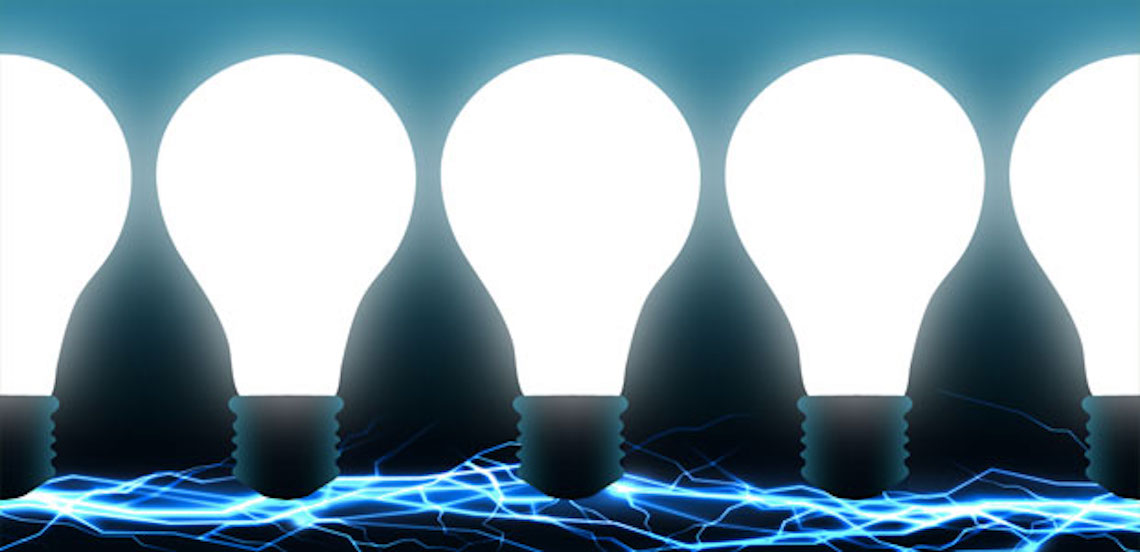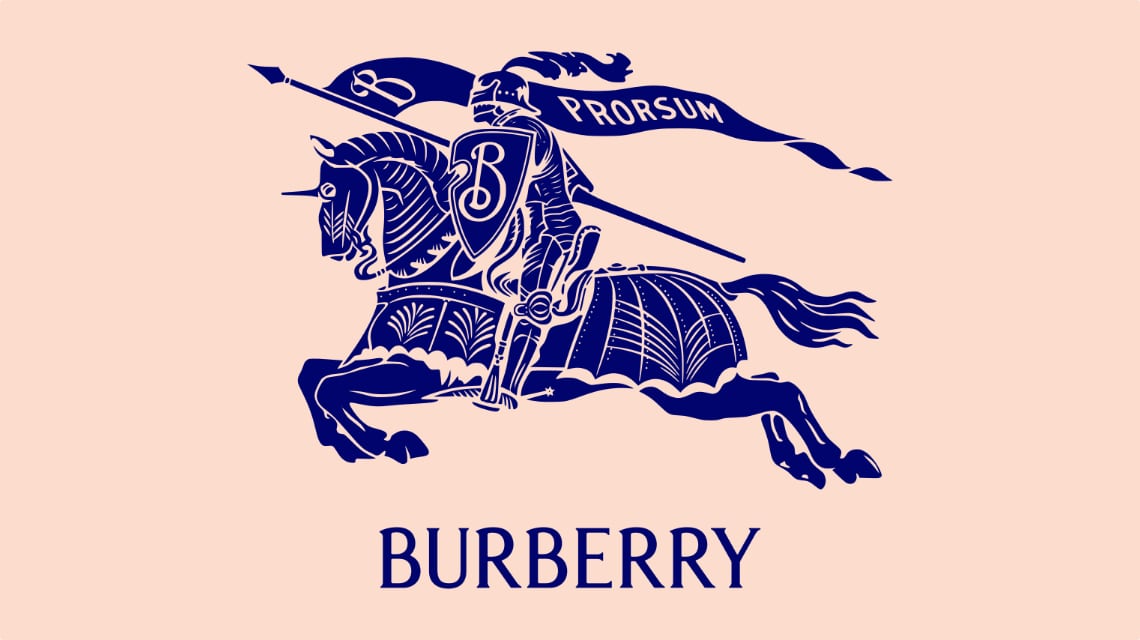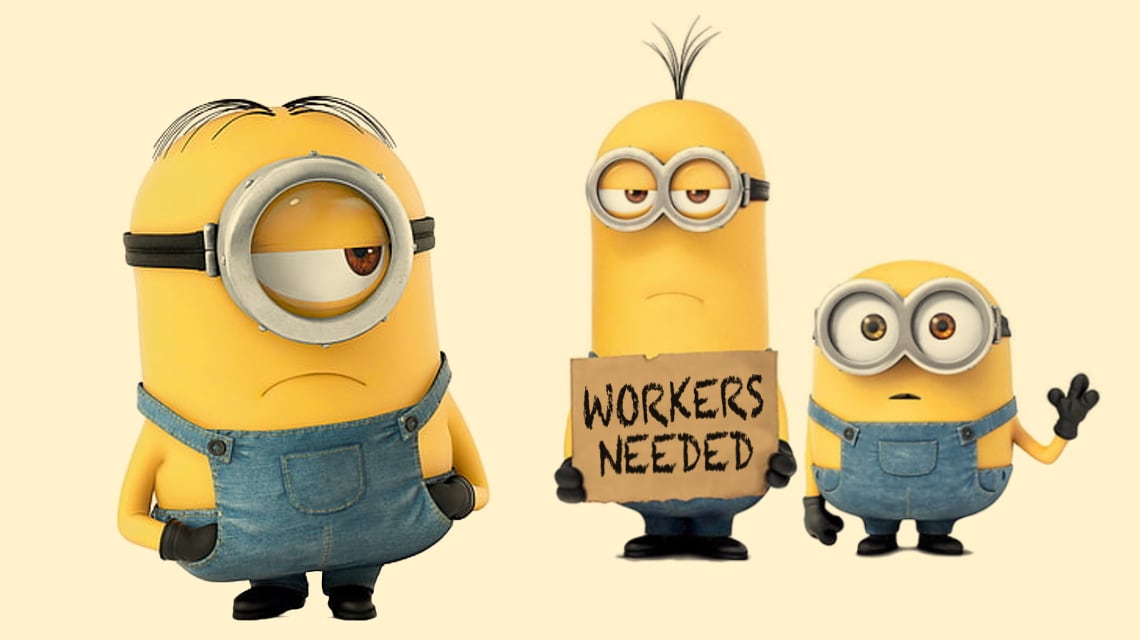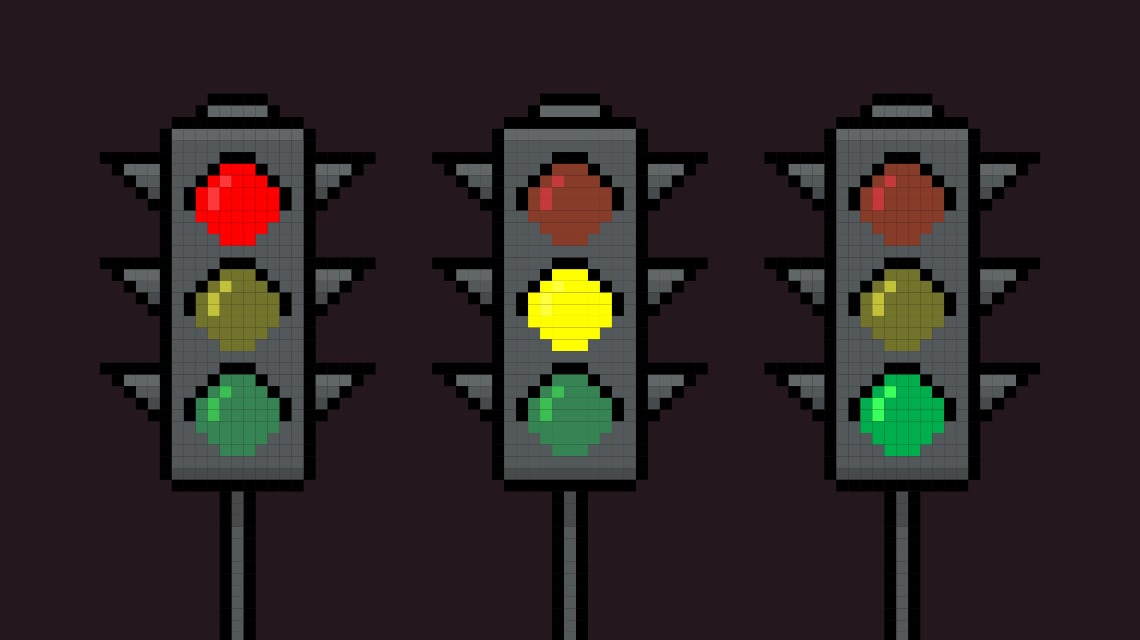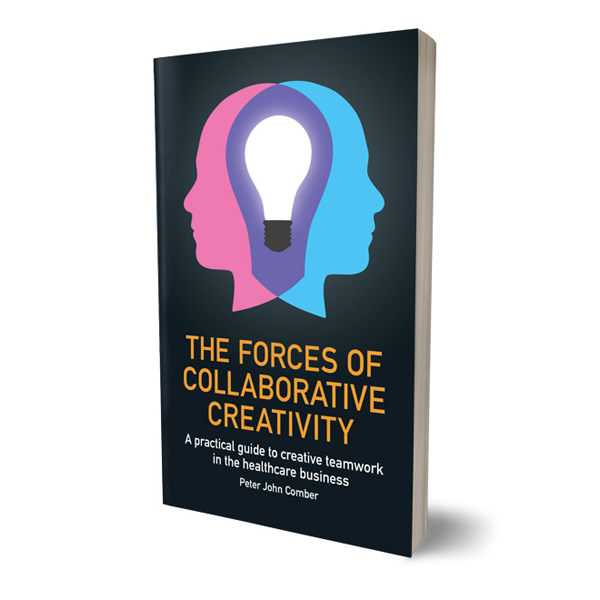Counting the forces of Collaborative Creativity.
Creativity is more than just a process for producing new ideas and Collaborative Creativity is a methodology that recognises creativity's many other effects and advantages.
Creativity is the source of invention. So far, so obvious. Companies value creativity because the correlation between new ideas and value creation is evident, but many businesses ignore creativity’s other forces and their value. Collaborative Creativity uses the force of invention to produce ideas while also capitalising on the other four forces that group creativity unleashes: empathy, self-discovery, realisation and cohesion. The following briefly introduces each of these forces.
Creativity increases empathy. Devising a solution that works for others requires an effort to understand their needs and point of view - it requires empathy. The creative journey is an intellectual and emotional one that augments the ability empathise. The use of creative exercises to promote mutual understanding and to encourage participants to comprehend the viewpoints of others is an effective way to increase their ability to work with and for others. Collaborative Creativity is also effective for helping groups express their diversity and identify their commonalities.
Creativity promotes self-discovery. The creative journey is always an exploration of the mind. Through imagination and experimentation, we can experience different situations and our relationship to them, this can alter our knowledge, beliefs, emotions and attitudes. Collaborative Creativity can be cathartic and revealing, helping us better comprehend ourselves and our relationship to others.
Creativity is rewarding. People who find meaning in their work are more productive and attentive. Creative activities are inherently rewarding when they help people to find meaning and pursue purpose. The destination of creative activities may be ideas that can be appreciated by others, but the experience of the creative journey is a source of satisfaction for those who engage in Collaborative Creativity.
Creativity generates cohesion. Collaborative Creativity promotes co-authorship of solutions and favours the formation of a shared vision. A collective sense of purpose has always been a characteristic of high performing teams and creativity can create or strengthen a shared purpose. Group creativity is a journey that requires a certain amount of sharing, spontaneity and even vulnerability - it is effective for dealing with friction and ambiguity while producing intellectual intimacy and trust.
Once we accept the idea that creativity can do more than just produce ideas we can take this into account when deciding how, when and with who we work creatively. If our focus is exclusively on producing a large number of interesting ideas, the choice of participants will fall on those who have a good creative reputation. While, if we consider how factors like empathy and self-discovery can affect the relevance of the ideas we start to admit a broader range of possible candidates: people with particular experiences, diverse points of view and interests in some way relevant to the subject of the creative exploration. When possible, all types of stakeholders should be represented, not just the most relevant.
How many times have you seen a project progress enthusiastically within a small group only to grind to a halt once other functions (for example legal, IT, regulatory or compliance) become involved? Often this happens because a single operational function examines a problem from their own point of view and produces a solution that works for them. Like treating a symptom and not the underlying cause this is inefficient; systemic solutions are more effective and sustainable. A holistic view of the problem considering the points of view and constraints of the relevant actors can radically change the comprehension of the problem itself, present fresh resources and suggest new solutions. A solution that satisfies all parties is less likely to emerge without representatives of all parties being actively involved in the search for the solution.
Collaborative Creativity is rewarding and promotes cohesion - the co-authorship of an idea can go a long way towards accelerating the development and adoption of a solution. Because we find creativity rewarding, we value the things we make and we want them to succeed. When we create something with others we are united by a desire to see ‘our’ work be successful.
Unfortunately, group creativity has an image problem, its worst manifestations are commonly called ‘design by committee’ and I do agree that rational group-think and broad compromises are not conducive to great creative results. Emotion and irrationality are the fuel of creativity - keeping them alive in a manageable professional environment is the key to exciting ideas. When this happens, group creativity can even be more daring than individual efforts because co-authorship also means co-responsibility. Risk avoidance is a strong bias in most people. If an individual’s career depends on the success of an idea they will unconsciously go for a ‘good enough’ solution - a safe solution, one that promises a moderate potential reward for a moderate risk rather than a great reward for a great risk.
If the risk associated with a daring idea is distributed among a group, to the point where no one’s career is in jeopardy, the tendency to attempt something more innovative increases. With little individual risk, all co-authors stand to gain the prestige that accompanies a great success and the probability of success also increases because more vital actors have a stake in the outcome.
The creative journey is rarely a linear one and group creativity is even more complex, however, if used properly, the forces it can produce are the catalysts for successful innovation and change.
